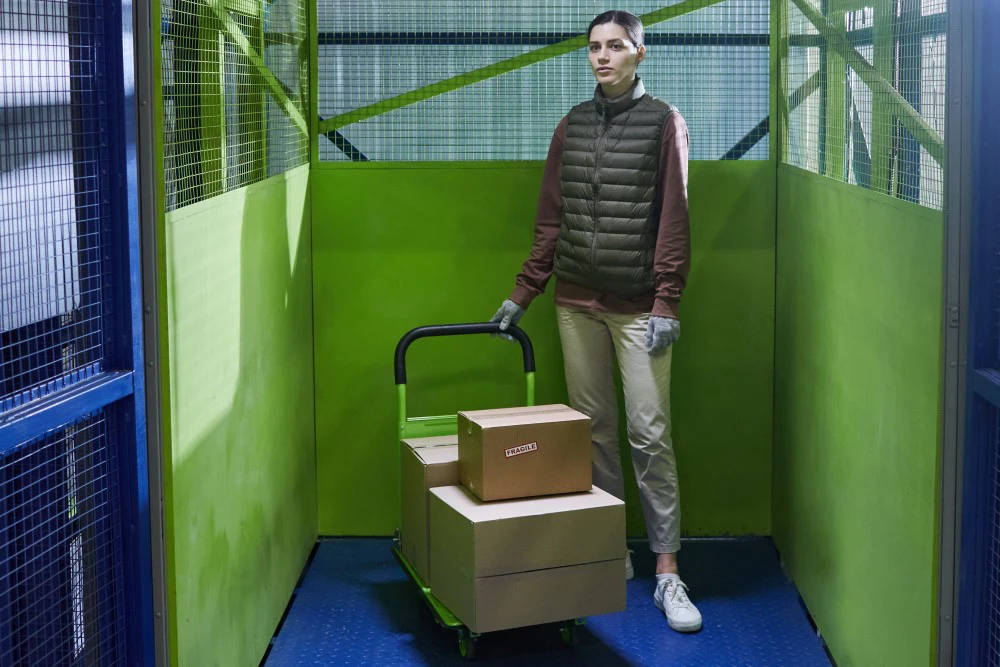Passenger and Freight Elevators: Efficient Solutions for Heavy Goods Transportation
Freight elevators are specially designed elevator systems used for the transportation of heavy and bulky goods in buildings and industrial facilities. They play a central role in logistics by facilitating the vertical movement of goods and materials in warehouses, factories, shopping centers, and other commercial establishments. Freight elevators are capable of handling high loads, making them an indispensable solution in many areas.

Unlike passenger elevators, freight elevators are robustly constructed and designed for the transport of large, heavy loads. They feature larger cabins, reinforced walls and floors, and powerful drive systems to operate safely even under extreme conditions. Often, they are also suitable for transporting pallets or forklifts, adding efficiency in industrial environments.
Advantages of Freight Elevators
- High Load Capacity: Freight elevators are designed to transport heavy weights ranging from several hundred kilograms to several tons. This makes them ideal for warehouses, production facilities, and large department stores.
- Efficiency: Using freight elevators significantly accelerates the movement of goods between floors, greatly enhancing productivity in work environments.
- Safety: Freight elevators come with special safety features such as non-slip floors, robust protective doors, and automatic door-closing systems to ensure safe operation even with heavy loads.
Freight elevators can be operated manually or automatically, depending on the specific operational requirements. Many modern systems are equipped with advanced control systems to optimize energy consumption and minimize wear and tear. Additionally, they are available in various sizes and load capacities to meet individual needs.
Overall, freight elevators are an indispensable component in industrial and commercial environments as they ensure the safe and efficient transportation of goods. They not only boost productivity but also reduce labor effort and injury risks, as heavy loads no longer need to be moved manually.

